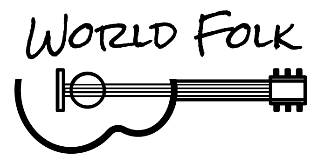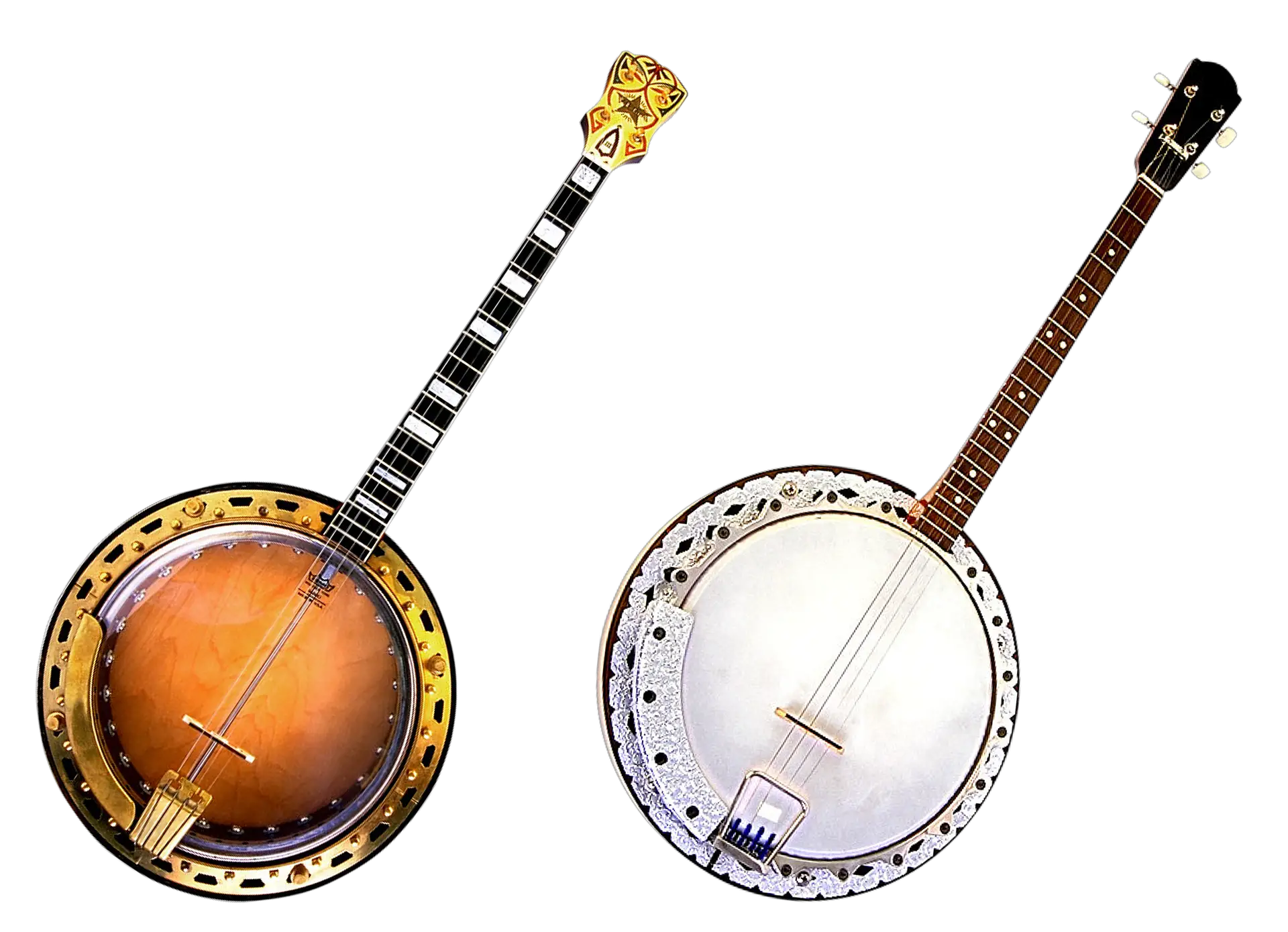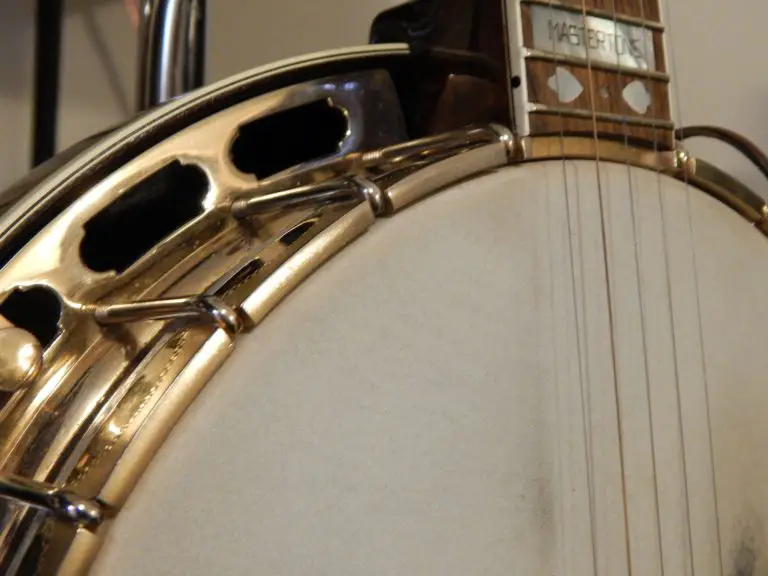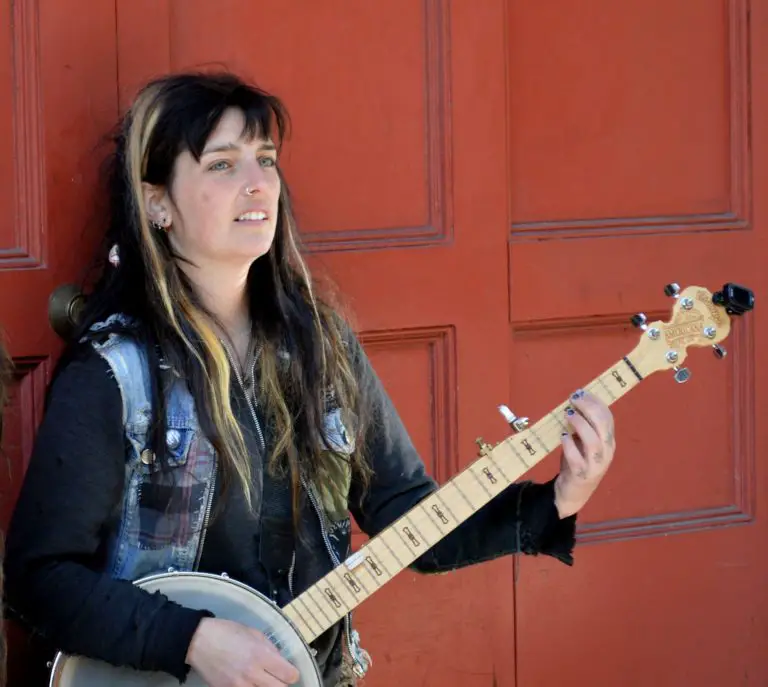Which Tenor Banjo Tuning To Choose
Traditional Tenor Banjo Tuning: CGDA
The tenor banjo first gained popularity in jazz. The punchy, loud sound could cut through back in the days before amplification, and provided a nice rhythmic backing to early jazz bands. CGDA tuning is the most popular jazz tuning for the tenor banjo, and is usually what people mean when they say “standard tenor tuning.”
The range works very well for both strumming and melody work. The usual way to play jazz tenor banjo, especially solo, is a mix of the two. While the banjo is usually stereotyped as an upbeat instrument, it’s remarkably versatile. Just listen to the laid-back sound of Eddy Davis playing Duke Ellington:
CGDA tuning also happens to make a lot of flat keys easy to play in. This is key (no pun intended!) if you’re playing jazz with saxophones and trumpets, who tend to like flat keys. The fifths tuning means that you really only need to learn a handful of chord shapes, which you can move up, down, and the neck to give you any chords you need. A range of an octave and a sixth between top and bottom strings puts most melodies within easy reach as well.
In general, tenor banjos built in the first half of the 20th century were designed for this tuning. Everything should work without any modification, unlike some of the other tunings which require re-filing of the nut and other adjustments. The higher tuning is also resonates better on the banjo head. Lower tunings like GDAE tend to sound muddier, while CGDA sounds nice and bright.
The top strings are tuned pretty high, meaning that they’re under a lot of tension. That increases the “punch” and volume of the tenor banjo. It also means that you may end up breaking a lot of A strings. Keep a spare set or two around just in case!
Irish Tenor Banjo Tuning: GDAE
While CGDA is technically the standard tenor banjo tuning, you may end up running into GDAE more when you meet other players. That’s because Irish music has taken up the banjo quite readily. GDAE mirrors the tuning of that classic Irish instrument, the fiddle. Played an octave down from the fiddle and mandolin, most Irish tunes fit very easily under the player’s fingers.
Melody playing is straightforward in fifths tunings like GDAE. However, the low tuning does often sound muddy or hollow on the tenor banjo. Higher-tension strings and fiddling with the tension on the head can fix some of those issues. Overall, though, most tenor banjo strummers look to other, higher tunings like CGDA or Chicago tuning.
With GDAE tuning, popular folk music keys like G, D, C, and A are easy to play in. You also get a lower range than CGDA, with a nice growl on the low G string. This has made it popular beyond Irish music, especially with mandolin players looking for a different sound.
There’s a common misconception that Irish tenor players prefer 17 fret banjos over longer-scale ones. This does give small hands an easier reach up to high B. However, GDAE tuning is already lower than most tenor banjos are designed for. The shorter scale length of 17 fret banjos compounds that issue, and it’s harder to get a decent tension without very thick strings. Many Irish players end up preferring 19 fret banjos, particularly professional players who want the extra punch and volume that comes from higher tension.
Many modern tenors, especially those marketed as “Irish tenor banjos,” are specifically built for GDAE tuning. Most vintage banjos, though, aren’t. They will need modification, most notably on the nut and bridge. If you’re buying used, these modifications may already have been done. Still, it’s good to properly set up any banjo you’re going to play in GDAE, so it sounds its best.
“Chicago” Tuning: DGBE
This is the same tuning as the top four strings of a guitar, as well as the baritone ukulele. For anyone who plays one of those instruments, it means you get a banjo sound without having to learn new fingerings.
The main issue with this tuning is range. There’s only an octave and a step between the lowest and highest strings, meaning you’ll have to reach up the neck pretty quickly for melody playing. It’s also less symmetrical than the fifths tunings, making transposing a little harder. For melody players, Chicago tuning doesn’t have much to offer
The flip side, though, is that Chicago tuning works quite well for strumming. While fifths tunings often end up with some pinky finger stretches for certain chords, Chicago tuning helps make them more compact. The tight spacing also gives chords a richer sound, with closer harmonies.
Other Tenor Banjo Tunings
Plectrum Tuning: CGBD
The plectrum banjo is a whole different instrument, with a longer scale length and more frets. However, some tenor players do use this tuning on their tenor banjo, often to make use of the shorter reach. Like Chicago tuning, it’s perfect for tight harmonies and strumming. It’s also a popular tuning for chord-melody playing, and you can find old jazz tune books with tabs for plectrum banjo.
DAEB
This one is a variation on the traditional jazz tuning. It increases the tension on the strings, which will also increase the chance of them breaking. However, it is also well-suited to Irish music. It gets rid of the pinky reach for the high B that troubles some Irish tenor banjo players, especially those with small hands. However, you lose any notes below D, which will affect many great fiddle tunes.
It’s worth noting that you can get the same tuning by simply putting a capo on the second fret of a standard-tuned tenor banjo. This has the added benefit of a shorter scale, making melody playing even easier. It also means that the strings are under less tension, decreasing the likelihood of breakage.
Various Re-entrant Tunings
Re-entrant tuning means that the strings aren’t strictly arranged from lowest to highest. The most famous example is the tuning on most ukuleles, gCEA. The higher G string gives the ukulele its unique sound, bright with tight chord voicings.
You can make pretty much any tuning into a re-entrant one just by tuning a string an octave up or down (change the string first, though!). While it makes melody playing much harder, the closer harmonies can work nicely for chord strumming. It can also contrast nicely with a standard-tuned banjo. This is the idea behind a popular re-entrant tuning for guitar, the so-called “Nashville tuning.” The bottom four strings are all tuned up an octave, and it’s usually played with another guitar in standard tuning. The resulting shimmering sound has been used to great effect in songs like “Wild Horses” and “Hey You.”
Ultimately, for tenor banjo players, re-entrant tunings are probably more of a novelty than a practicality. Still, they can be fun to experiment with if you have an extra banjo or two lying around. And they’ll certainly be familiar to any ukulele players. Speaking of ukuleles…
Ukulele Tuning: gCEA (re-entrant)
This has been experimented with by many a ukulele player, with some mixed results. It’s certainly a great option for any ukulele player who wants a banjo sound without having to learn new fingerings. The high first string However, this tuning has not one but two strings tuned high enough that breakage is an issue. Banjo ukuleles are smaller than tenor banjos, and are commonly available. It’s generally better to use one of them rather than transpose this tuning onto a tenor banjo.









string inches tone string type
1 0,025 G3 wounded, phosofor brons
2 0,016 C4 plain steel
3 0,012 E4 plain steel
4 0,009 A4 plain steel
tenorbanjo mensure is 57.5 cm
and with this your tenorbanjo plays in ukulele fingering with a great sound
Am beginner retired guy Started with GDAE, found it easy picking melodies. but arthritic fretting hand problem. I see Standard tuning chord seem easier. My interest is Old country, & folk music, keys probably
C D G. Was a lifetime bass guy. MY question ….. Does standard tuning work well in old country and folk music.
Respectfully,
Murray